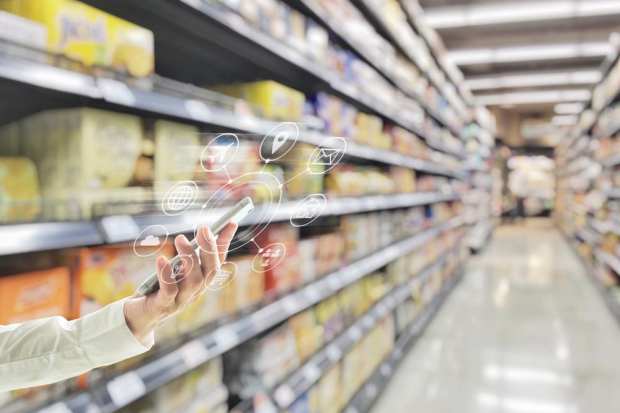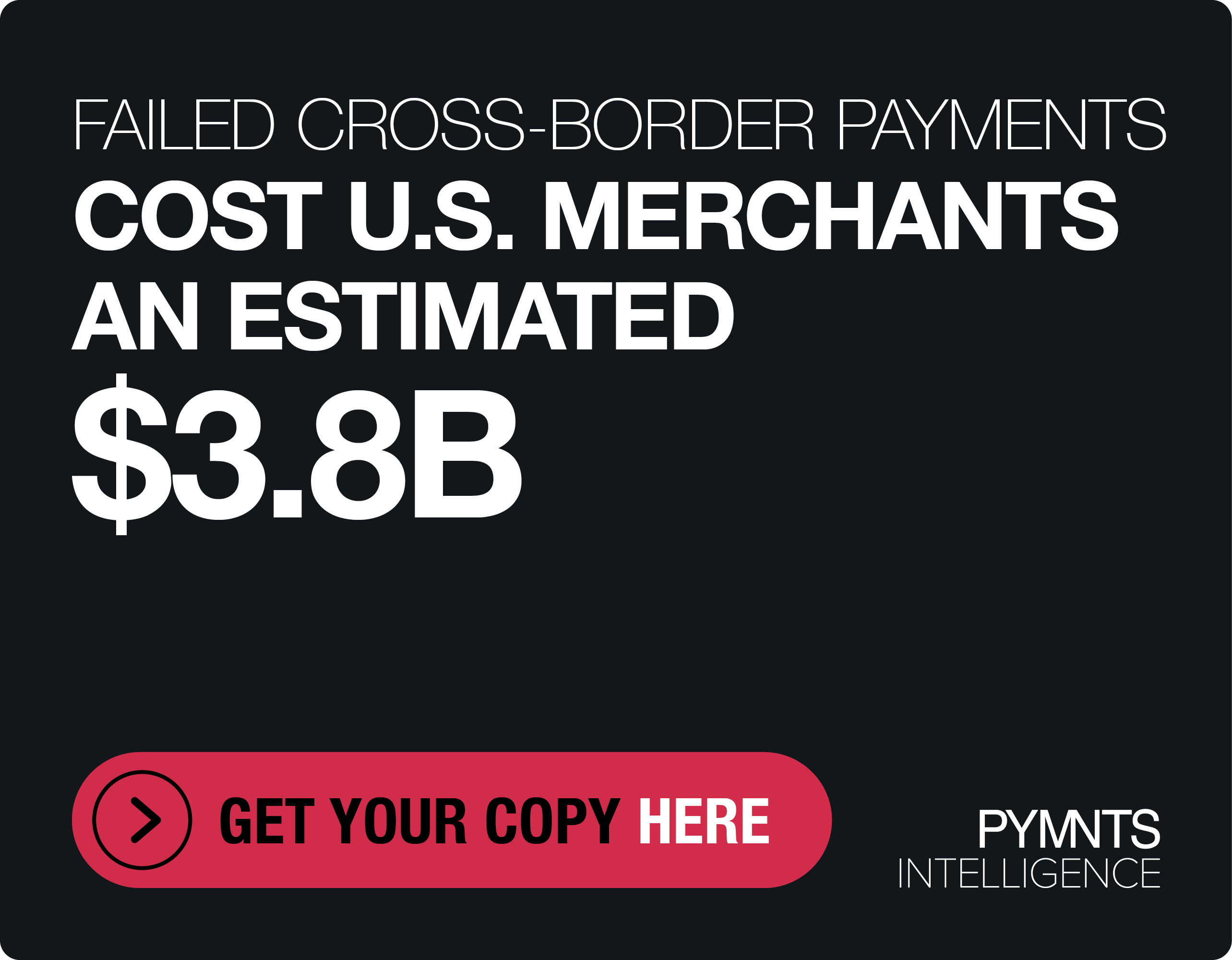The Rise Of Stores Where Shoppers Can’t Buy Goods

With this week’s Nordstrom Local debut in New York City and Starbucks’ plans for pick-up only cafes, it’s a new age for inventory-free retail.
The Nordstrom Local concept, focused on services such as returns, order pick-up and alterations, has already been rolled out in three California locations, with another scheduled for the West Village.
Shea Jensen, senior vice president of customer experience, said in an announcement, “We’ve learned a lot from our customers since opening our first Nordstrom Local on Melrose in Los Angeles in fall of 2017.” The executive added that shoppers who make a visit to a Nordstrom Local location “spend 2.5 times more and account for 30 percent of online order pick-up in Los Angeles.”
These new retail hubs are more experiential than traditional brick-and-mortar stores. In addition to buy online, pick up in-store, Nordstrom Local also offers on-site tailoring, personal stylists and even a bar.
This move reflects changing consumer tastes. It’s yet to be seen how it pays off for these companies, but they aren’t without precedent. Bonobos pioneered this inventory-free approach more than half a decade ago.
As traditional retail is struggling, more merchants are starting to experiment. The latest Automated Retail Tracker looks at recent trends in kiosks, cashierless stores and other new retail models.
Many of these emerging models sit at opposite sides of the spectrum: truly self-service retailers where shoppers have little or no interaction with cashiers, or stores that are completely devoted to services and have little on-site merchandise.
BOPIS for Speed
Inventory-free stores are a logical evolution of the buy online, pick up in-store (BOPIS) model, which has proven to have broad appeal.
A recent study found that 59 percent of respondents turned to BOPIS to get items faster than online shopping can provide. Thirty-two percent said they would be willing to wait up to two days to receive purchases, 24 percent would wait only a few hours and 8 percent would not wait more than one hour.
Advantages of BOPIS include the increased efficiency of knowing the products are in-stock and available, and not having to wait for delivery. There’s no need to stand in line to pick up a coffee with the rest of customers who haven’t placed their orders yet.
A study of shopping experiences at 10 major U.S. retailers found that stores providing automated pickup – as opposed to staffed pickup – for BOPIS purchases had 28 percent quicker order collection.
BOPIS for Convenience
In some ways, online shopping might seem like an exclusively urban convenience, as retailers benefit from providing home delivery to shoppers without cars.
This might be true, but the BOPIS model has broader appeal, for both younger shoppers and rural dwellers. The format is having success in rural areas where delivery can be more expensive and take longer than in dense locations. Tractor Supply Co. has excelled at offering digital commerce for items like animal feed and equipment, where the retailer ships the goods to brick-and-mortar locations for customers to pick up.
What About Customer Service?
According to research from payments provider Klarna, nearly one-third of shoppers (29 percent) said shopping is not as fun as it once was, and 36 percent believe that while convenience has improved, the customer experience has diminished.
This has put a great deal of pressure on retailers – the same study found that 69 percent said they need to work harder to retain customers, and 36 percent are struggling to keep pace with consumers’ demands.
This means retailers must meet expectations for speed and convenience without foregoing the customer experience. “Retailers’ future relationships with customers will need to be built on a blend of coordinated digital and in-person touchpoints, and brick-and-mortar retailers need to invest in that omnichannel approach to keep up,” said Tim Moran, senior vice president of product at Worldnet Payments.
Self-serve has undeniable appeal for retailers. Models like kiosks have been shown to drive up customer spending as much as 30 percent more when they order through self-service methods as opposed to traditional checkouts.
Bell and Howell partnered with Walmart to roll out pickup towers in stores across the U.S. two years ago. The towers hold, retrieve and dispense online orders by scanning a barcode displayed on the customer’s smartphone screen. The towers were successful enough in pilot that Walmart expanded the program to an additional 500 stores in early 2018.
Bell and Howell CEO Larry Blue, in an interview with PYMNTS, explained how automation is the key to making buy online, pick up in-store valuable to retailers as opposed to simply offering pick-up lockers that take up valuable space.
“The goal is to help retailers leverage their brick-and-mortar presence by helping them offer value to customers that they haven’t been able to in the past, even if they’ve been offering buy online, pick up in-store solutions,” he said.
